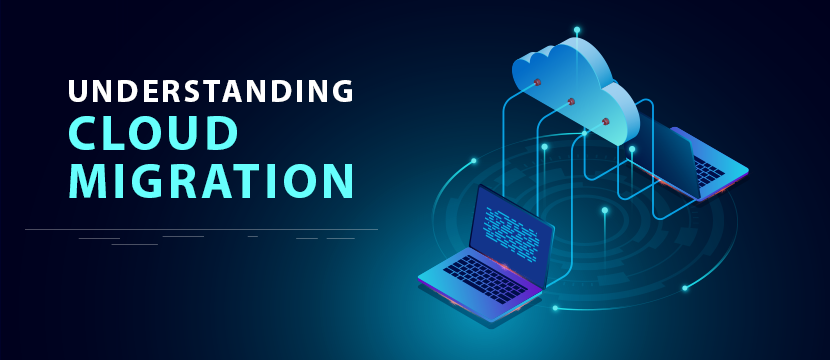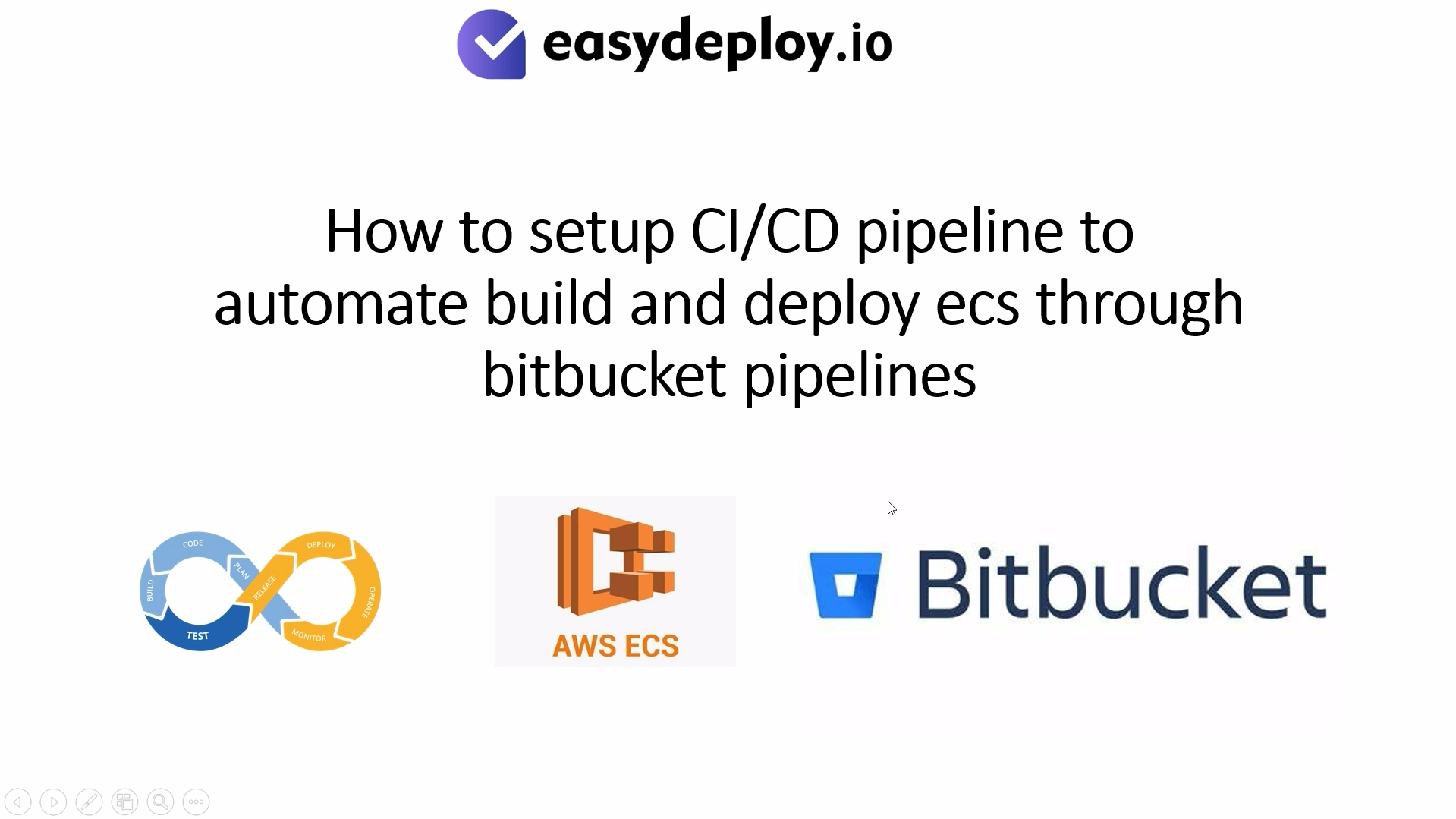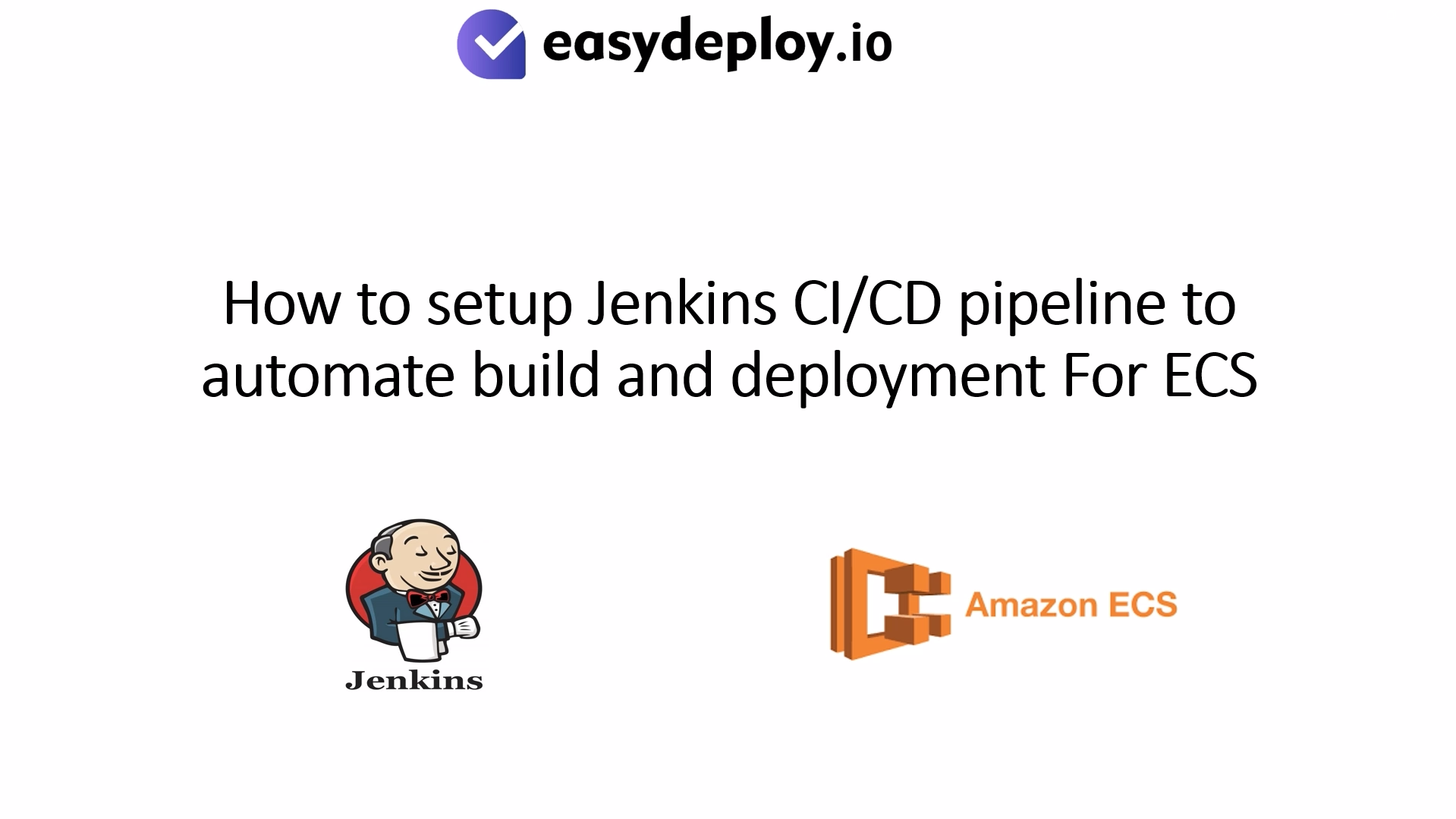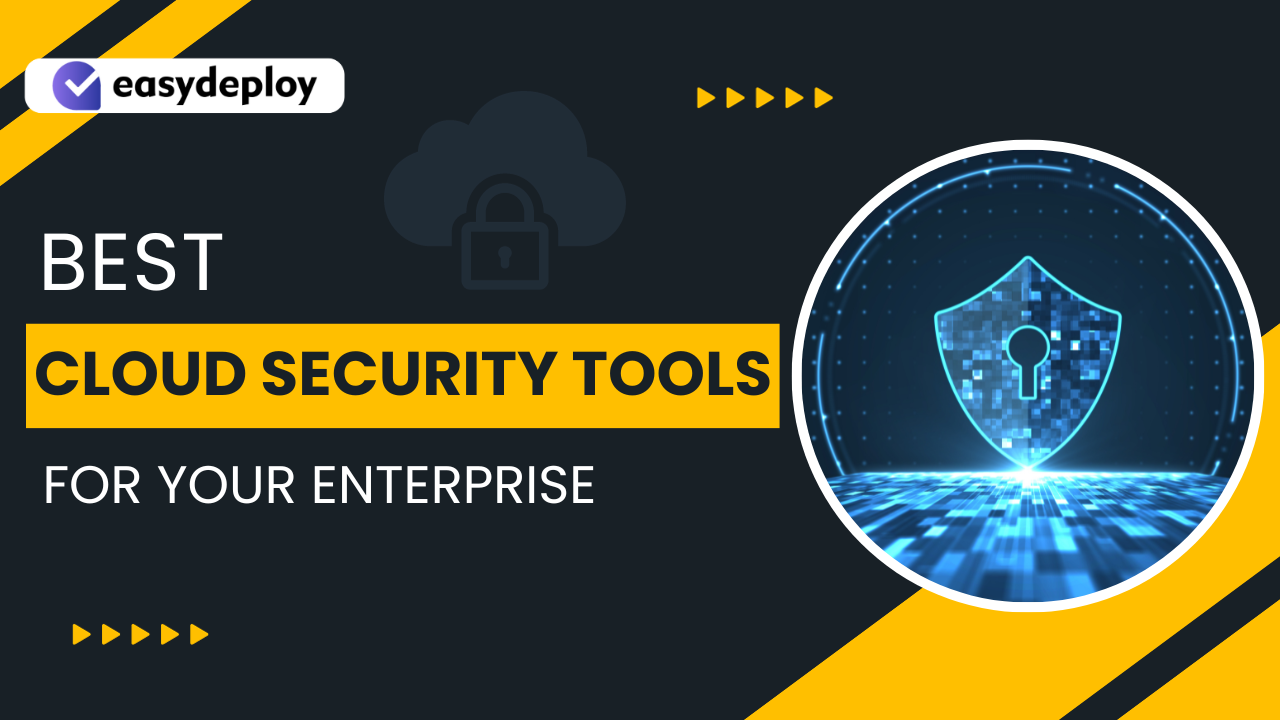The most important technological intervention in recent times is cloud computing, and there is no way to deny this fact! The cloud offers cost-effective computing power with the minimal use of computing resources. Therefore, cloud migration is one of the top priorities of almost every business that wants to accomplish top spots in a competitive edge. The numerous advantages of shifting to the cloud, along with the benefit of preparing for the long road ahead, are evident.
Businesses could deploy applications and software faster along with improved security features and limited complexity of the infrastructure. Subsequently, the cloud transition also provides advantages of built-in status monitoring and automatic backup alongside logging key metrics. Most important of all, businesses could gain the benefits of better cost management along with the reduced carbon footprint.
Also Read: Top 10 Best Practices for Cloud Migration
These benefits clearly emphasize the need to look into the details about migrating to the cloud. The following discussion would take you through an in-depth understanding of different things associated with migration to the cloud. The important highlights of the discussion would emphasize on types of cloud migration, techniques, phases, and tools for transition to the cloud.
Defining the Process of Migrating to the Cloud
The foremost aspect of this discussion should be the answer to, “what is cloud migration?”. The definition of the term can establish a foundation of exactly what we will deal with throughout the discussion. The process of migrating to the cloud involves the transfer of digital business operations to the cloud. Quite a simple answer, isn’t it? It is a physical effort that includes the transfer of data, applications, and IT processes from existing data centers to new data centers.
It’s just like moving from a smaller house to a larger one. Therefore, you need to have a lot of advance preparations for ensuring a successful move to the cloud. However, in the end, the initiative for migrating to the cloud can be a profitable venture. A deeper reflection into responses to “what is cloud migration?” would show that it describes the transfer from legacy infrastructure to the cloud.
Now, you may be wondering about the definition of legacy infrastructure. Legacy infrastructure refers to hardware or software that are presently in use even if they are outdated. So, legacy infrastructure can include networking equipment, databases, applications, and other business-critical software and hardware. In addition to the migration of legacy infrastructure to the cloud, cloud migration is also evident in migration from one cloud to another.
Challenges for Migration to the Cloud
Now, we know that cloud migration brings a lot of benefits to it for enterprises. However, it is also important to reflect on the challenges in migrating to the cloud to understand its foundations better. The first challenge along the way arises with the migration of large databases. The databases with massive amounts of data are very difficult to move to the cloud.
Physical data transfer methods such as loading data into hardware before shipping to the cloud provider are cost-intensive. Furthermore, such methods may also take up substantial amounts of time, which is a prominent challenge for data migration. The next crucial challenge for cloud migration relates to data integrity. Data integrity has to deal with the verification of the fact that data remains secure and intact without any compromises during the migration.
The final challenge refers to the availability of current systems of an enterprise during the migration. The need for maintaining an overlap between the on-premises and cloud infrastructure is evident in providing continuous service. Therefore, cloud migration services provider should have the capability to address these challenges effectively.
Planning to migrate your business infrastructure to AWS cloud? Check out the 5 Things You Should Know Before Migrating to AWS Cloud.
Different Phases of Cloud Migration
So, how is it possible for a cloud migration services vendor to address the above-mentioned challenges? The response to the question lies in an understanding of the different cloud migration phases. The different important phases of migrating to the cloud can help in planning the migration process effectively. Furthermore, it can also help in recognizing and addressing the crucial challenges for the migration process. The following phases of migrating to the cloud should always be the staple inclusions in every company’s strategic priorities.
1. Assessment and Evaluation of Requirements
The assessment and evaluation of the required amount of computing resources is the foremost phase for effective cloud migration. The enterprises have to choose from three different types of cloud platforms, such as hybrid, public, and private clouds. Businesses also have the option of evaluating the requirement of computing resources through the three important cloud computing models.
The cloud computing models are Infrastructure as a Service (IaaS), Software as a Service (SaaS) and Platform as a Service (PaaS). On the other hand, enterprises also have the option of choosing from different combinations of the similar cloud computing model. For example, a business could choose two different combinations of IaaS, such as commodity IaaS and enterprise-class IaaS.
The enterprise-class IaaS is suitable for addressing the needs of conventional workloads and is ideal for enterprise applications. On the other hand, commodity IaaS is ideal for applications distributed across zones and addresses the needs of the distributed workload. Enterprises should evaluate the requirement of computing resources through a series of steps. Automated tools are for checking the applications and data centers suitable for an easier transition to the cloud.
2. Designing and Building the Migration Infrastructure
The next important entry in cloud migration phases is the design and build phase. This is the point where you have to design the cloud migration architecture. The architecture for the migration process would involve the selection of an appropriate cloud platform and cloud computing model. Furthermore, an evaluation of the existing data centers, network, and development environment is also necessary for this stage.
The design documentation can help in achieving this purpose. With the help of design documentation, cloud engineers can virtualize the data center and application environment in cloud migration architecture. The documentation can also present a brief and clear outline of the processes for migration and implementation.
The destination workload profiles are also a crucial element in this stage of the migration process. The sequence of migration activities, as well as the requirement of human and financial resources, are also some important concerns. At the same time, this stage also deals with the selection of a viable approach for migrating to the cloud.
For example, many businesses can choose to migrate their enterprise resources gradually to the cloud for preventing business operation interventions. We shall get to that later in this discussion with a focus on the different strategies a business can choose for cloud migration. Most important of all, decision-makers have to share the detailed migration plan to all stakeholders.
3. Pilot Testing and Security Overview
The third phase involves pilot testing and security overview. The primary objective of this stage is the identification of key issues and risks. Enterprises have to ensure that their applications can function seamlessly in the cloud environment for addressing business needs. In addition, the objective of providing a vital user experience is also prominently evident in this stage of cloud migration.
The creation of a security strategy according to the identified pitfalls is also an important concern in this stage. Security on the cloud is considerably different from the on-premises security infrastructure. Therefore, it is important to consider the use of a cloud firewall or web application firewall to improve security.
In addition, the importance of backup is also evident in the pilot testing phase. As a result, enterprises could have their data safe from any unwanted mishaps that may occur during the migration process. After all, the evaluation of the outcomes of cloud migration in the pilot testing phase can contribute substantially to better outcomes.
4. Full-scale Deployment
The final stage involves the full-scale commissioning or deployment phase. The successful deployment of the migration infrastructure in the pilot testing phase is an important prerequisite for this stage. In this stage, enterprises can use various tools for automation of the process of migrating applications.
Additionally, tools for configuration of network and workload. In addition, there are some final testing processes that you need to follow in this stage. For example, elaborate testing of applications and databases in the cloud environment could ensure limited damages to the business process. Businesses should opt for skilled testing professionals in this stage of cloud migration.
The crucial activities in this stage include verification of data, evaluation of database functions, and stored procedures. Furthermore, this phase also involves monitoring of interaction between new database systems and applications. A thorough overview of the different phases in migrating to the cloud by decision-makers is also essential.
Also Read: 5 Super Easy Steps for AWS Migration
Strategies for Migrating to the Cloud
So, what are the different types of cloud migration? This question is a doubt staring right in the eyes of an enterprise when it thinks of migrating to the cloud! Are there any specific classifications for processes to migrate to the cloud? Or should we look for different techniques for cloud migration? Basically, we shall look for techniques or the strategies that are best fit for migrating to the cloud. Every technique has a certain uniqueness and is ideal for specific purposes for which organizations migrate to the cloud.
-
Lift and Shift Technique
The first mention among cloud migration techniques is the lift and shift technique. “Lift and shift” approach is ideal for enterprises that want to come out of the physical datacenters and take away the burden of hardware management. The need for any learning curve for applications on the cloud is not evident in this strategy. Considered as one of the fastest methods for migrating applications to the cloud, this approach also leads to minimizing disruption. The upfront cost with the lift and shift approach, along with the opportunity for management of peak performance, is advantageous.
-
The shift to SaaS
The next important entry among cloud migration techniques refers to a shift to SaaS. In the case of this technique, it is easier for companies to outsource one or more applications to a vendor. Many companies, which want to shift applications that they want to, can choose this strategy for the best results. Generally, the advantage of this method is evident in allowing employees to better focus on core competencies. Outsourcing also enables enterprises to focus on the core business tasks rather than about the applications on the cloud.
-
Application Refactoring
Another proven strategy for cloud migration is app modernization or application refactoring. App modernization is ideal for organizations that have particular applications for obtaining benefits from the cloud. The risk with this strategy is lower since legacy applications continue to run alongside the construction of new applications. Refactoring involves making rapid changes in enterprise systems. Most important of all, it is essential to note that refactoring provides various opportunities for saving additional time. The reduction of expenditure will also accompany the selection of applications for the cloud.
-
Re-platforming
Re-platforming is ideal for companies that want to get the benefits of cloud throughout the enterprise. The companies which want the core competences to be highly scalable, robust, resilience, available and elastic could go for this option. This is the option for migrating to the cloud that allows the best alternative for maximizing strength and flexibility. The design of the new application platform of an enterprise for the cloud would have to work across multiple cloud providers. As a result, enterprises can expect higher granularity for their applications through cloud migration with the re-platforming model.
While migrating to AWS Cloud, it is important to avoid some common mistakes. Here are the AWS Migration Mistakes you should avoid during your migration to the AWS cloud.
Cloud Migration Tools
The migration to the cloud is not possible without cloud migration tools. Some of the important tools have classifications, such as SaaS tools, open-source tools, and batch processing tools. SaaS tools are cloud-based applications for the creation of links between destination clouds and on-premise data.
The open-source tools offer better facilities for customization according to the specific needs of projects. Finally, batch processing tools are ideal for the migration of large volumes of data. They are ideal for running after hours to avoid any form of network traffic congestion.
Conclusion
The above-mentioned discussion paints a clear picture of the concepts of cloud migration, doesn’t it? Most important of all, we could conclude the crucial interventions for addressing various challenges in migrating to the cloud. For example, the use of specific techniques according to the particular requirements of an enterprise for migrating to the cloud.
Subsequently, the choice of appropriate strategies, tools, and phases for migrating to the cloud also plays a crucial role. Therefore, enterprises looking to make a big leap towards the cloud should always make efforts to plan to obtain success. Most important of all, the attention to best practices and inclusion of stakeholders in the migration process are key success factors for the migration process. Why wait anymore? Take the big decision to move to the cloud right now!










